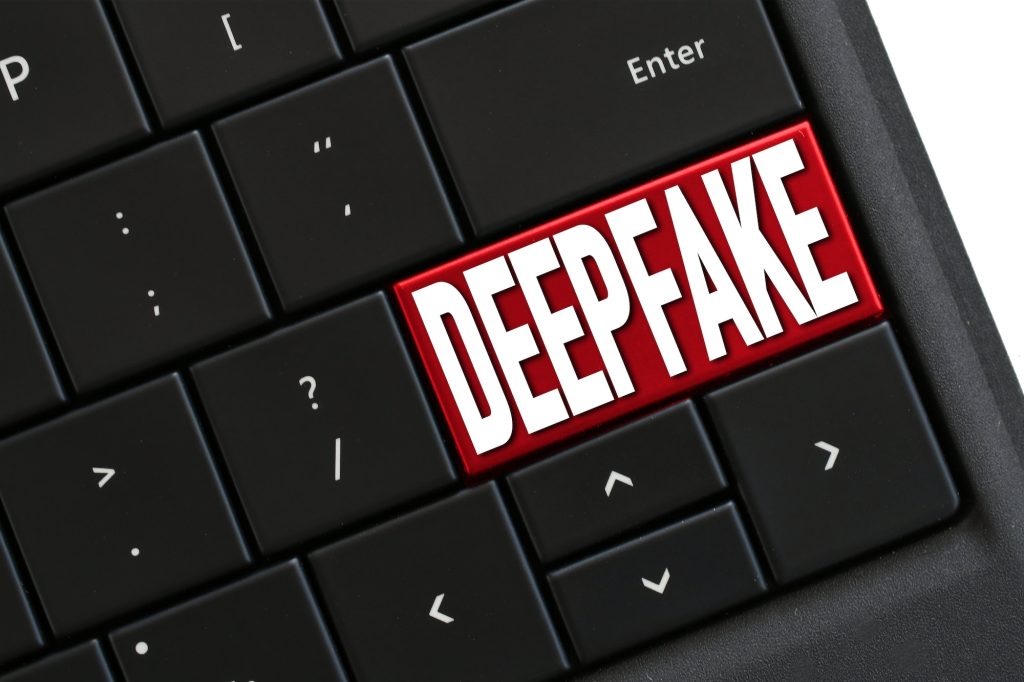
































In the world of US politics, deepfake videos have become a powerful tool for spreading misinformation. Synthetic media, created using AI algorithms like Midjourney, can blur the lines between fact and fiction, making it difficult for voters to distinguish between real and fake content, experts warn.
The rise of generative AI tools has made it easier and cheaper to create convincing deepfakes, increasing their production. Newly developed tools are being made available without adequate safeguards or effective measures to counteract the spread of harmful disinformation.
Major social media platforms have tried to combat deepfakes, but their effectiveness varies. OpenAI, a leading AI company, has implemented restrictions on using its products in politics, but there are still gaps in its policies. Smaller startups like Midjourney have no explicit restrictions on political content.
Specialists expressed uncertainty regarding the destination of generative AI and the most effective strategies to mitigate its potential for disseminating large-scale misinformation. Some political players are even using generative AI to enhance their campaigns, as seen in an AI-generated political ad by the Republican National Committee. The potential for generative AI to produce campaign materials is appealing to activists and political consultancies, further blurring the line between reality and fiction.
 Tags quentes :
Inteligência artificial
Política de conteúdo
Eleições na era digital
Tags quentes :
Inteligência artificial
Política de conteúdo
Eleições na era digital